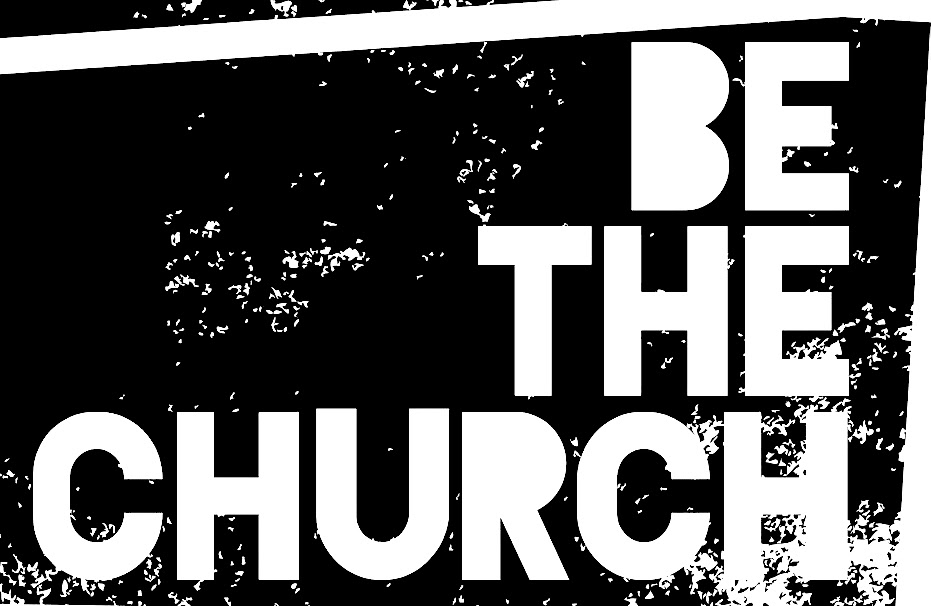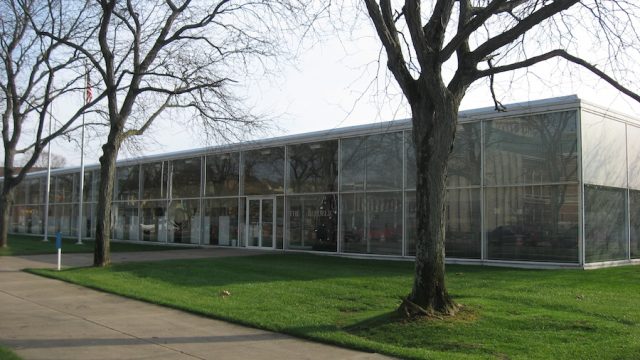Article
The Church is Not the Building So You Do Not Need One
It is imperative that you get clarity on who you are and what your ministry is called to do.

Before you commit to lease or purchase a facility, it is imperative that you get CLARITY on who you are and what your ministry is called to do. Doing the groundwork to define your mission, vision, and values is an important first step before pursuing real estate. The next step is to understand your CAPACITY. Capacity is not only your financial capacity but also the market capacity. Market capacity defines what it costs to rent, lease, or purchase a facility in your target area. Learning to optimize the temporary facility and operate in a way that will allow you to set aside funds for a future space will position the church to secure a facility…if a facility is a part of your strategy.
When people join a church that meets in a temporary facility, they often look forward to the day their church will have a permanent building to call home. They see the set up and tear down “phase” as simply a phase and are often anxiously awaiting a building. This is not just limited to the people; the planter often feels that getting a facility shows that the church has arrived. As a “Church Real Estate Agent” I had this view to some extent. Everything I did drove the church to a facility or a building. However, I now have a new approach—coaching the planter to challenge what facility they think they need as it relates to their CLARITY and their CAPACITY. Below are stories of three churches and how they are reaching their target area without owning a facility.
Church in the Center (CITC) in Houston, Texas
This church is located in the medical district around MD Anderson. CITC has three different meetings in different spaces and have not had an exclusive space for anytime in their seven years of ministry. The spaces available in their area are limited and expensive. During the week they utilize free or rented spaces for Sunday Worship, Bible Studies, and other gatherings. CITC reaches doctors and medical students that live and work in the medical district. They also have a revolving door as many students are only in Houston for a season and then move on. This has resulted in a consistent, but not expansive budget. Moving out of the medical district to secure a building would take them out of the place they have been called. CITC is exploring the options and counting the cost of each part of their ministry to determine if they should stay mobile or if they should secure a seven day a week lease space.
City Church in Plano, Texas
This church is meeting in the Angelika Theater in Legacy Town Center. Legacy Town Center is a mixed use development at the center of one of the hottest real estate markets in Texas. Companies like Toyota and Liberty Mutual are joining Frito Lay and JC Penny as they call this area home to their corporate offices. City Church is five years old and has always been in a mobile location. In order to find a building or lease space, City Church would need to relocate to a different area. Pastor Ray Harmon shared with me that they have been called to the Legacy Town Center Area and he understands that relocating out of Legacy Town Center would not be in line with who they are called to reach. City Church is looking to see how they can leverage the theater space and other spaces around them to be the best stewards they can, so that they can be a generous church. Like CITC, City Church is in a high rent district and the spaces that they use look different than what they had pictured two or three years ago. By leveraging the Theater, engaging in Apartment Life ministry, and ministering to the people who live and work in and around Legacy Town Center, City Church can show the love of Christ to many people without buying or leasing a building of their own.
Chase Oaks Church in Plano, Texas
This church planted a Hispanic Campus on the east side of Plano. Chase Oaks is a multisite church but their Hispanic Campus basically functions as a church plant. The church meets in a local elementary school while doing seven-day-a-week ministry in the Chase Oaks Family Center just down the street. This ministry center allows Chase Oaks to offer ESL classes, bible studies, and other ministry programming during the week. We have seen the ministry center concept work in Texas, California, and Seattle in a multisite context. The community center can be a good option to provide church planters with a midweek space to offer youth programs for their families.
These examples show how the church can use spaces for their ministry without buying a church or building a church facility. If your church is considering a space outside your target area I would encourage you to strongly consider how that move will affect your ministry. I have seen a five-mile move contribute to a church plant losing core members and having to shut down. Exploring every temporary option available can help you leverage your existing space at an affordable cost to keep the focus on the ministry in front of you. In the meantime, saving cash to secure a space in the target area will prepare you to lease or purchase a space. In the examples above, real estate prices are expensive and opportunities are limited.
Prior to making a real estate decision, challenge your leadership to answer the following questions:
- Why do we need a building?
- Have we maxed out the space we currently have?
- Can we afford a facility in our target area?
- Are we ready to increase the amount we spend on a facility?
- How can our church best utilize space in our target area?
If you do not know the answers to the above questions, then I would recommend you pause before signing a lease or purchasing a building. Count the cost, get clarity, and develop an understanding of your capacity. A building or lease space is a tool that can add value to your ministry, but a facility that does not align with your CLARITY or CAPACITY can cripple your ministry. A space that does not fit your budget or moves you away from your target area can cause you to miss opportunities to maximize your ministry. As you process your facility options, make sure your team understands why each option is the right space or the wrong space. Push your team to ensure you do not occupy a space for the wrong reasons. Remember the church is not a building; a building is a tool to be used by the church.



